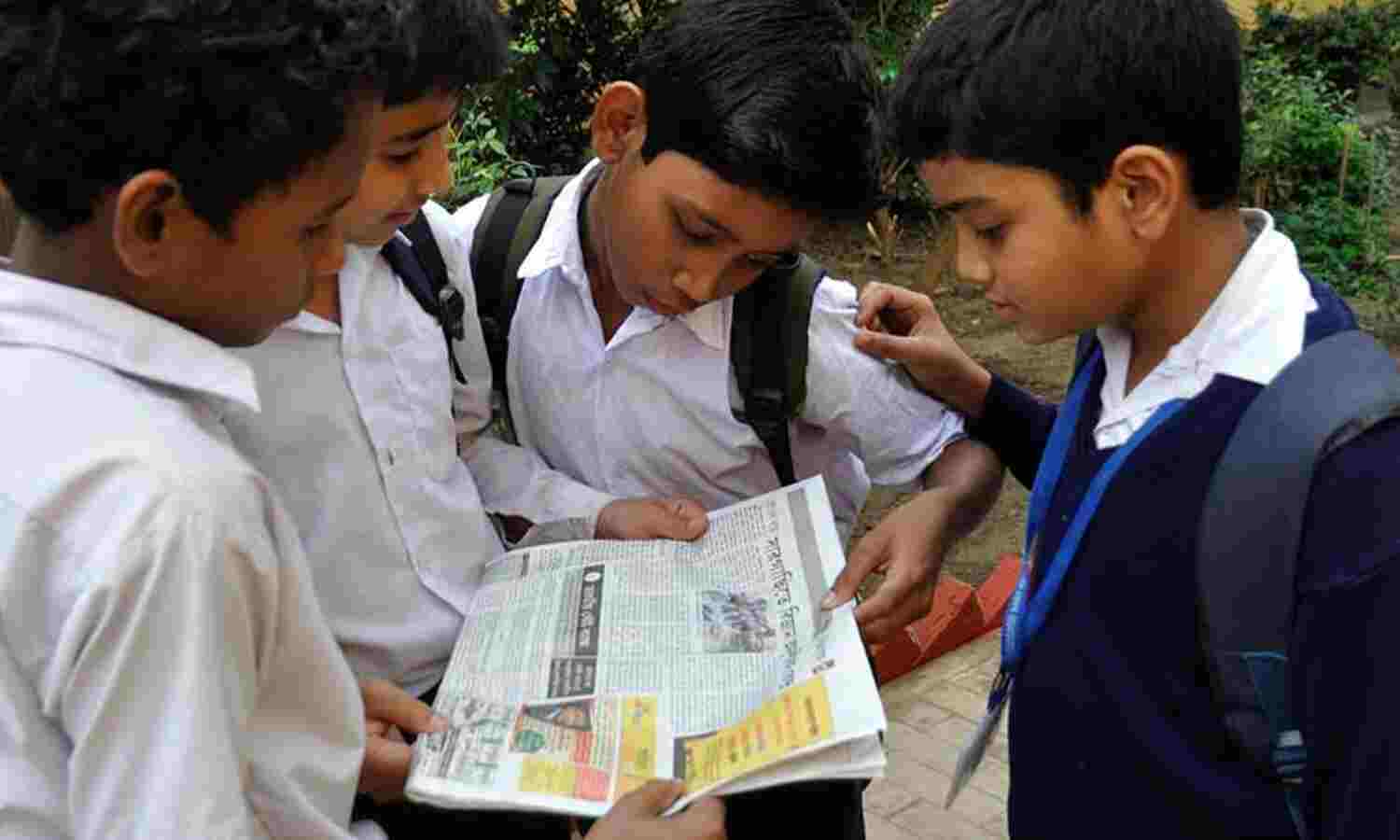In Decade To 2015-16, Exposure To Media Fell For Those Who Spent More Years In School
Despite rising literacy, media exposure fell among those who spent more years in school in India, shows an IndiaSpend analysis of the 2005-06 and 2015-16 rounds of the National Family Health Survey (NFHS). This is despite the fact that media exposure rose overall in India.
Research shows exposure and access to media--which usually go hand in hand with higher education and income levels--are crucial for better health outcomes. “Overall, access to newspapers, radio, or television increases the likelihood of better HIV knowledge in both males and females by an order between 2% and 12%,” said this 2014 study. Increasing women’s access to knowledge is particularly important in this respect, said Dipa Sinha, economist at Ambedkar University, New Delhi, in her 2016 book titled Women, Health and Public Services in India: Why Are States Different?
Between the two NFHS rounds, the share of literates--defined as a person who could read a whole or part of a sentence and had completed grade VI or higher--rose by 7 percentage points for men to 84.4% in 2015-16 from 77.5% in 2005-06 and by 13 percentage points for women to 68% from 55%.
While the 2005-06 round surveyed 74,369 men aged 15-54 years and 124,385 women aged 15-49 years, the 2015-16 round had 112,122 men aged 15-54 years and 699,686 women aged 15-49 years as respondents.
Around 3 percentage points more women who spent eight years or more in school said they were “not regularly exposed to any media” in 2015-16 than in 2005-06.
Only for men who had completed eight to nine years in school did that figure rise by 3 percentage points; for those who had completed five to seven years or 10 years or more the share of those who said they were “not regularly exposed to media” rose marginally by around 1 percentage point in the period. The share of adolescent men aged 15-19 years who had not been regularly exposed to any media also rose slightly by 1 percentage point in the decade to 2015-16.
Only men and women who had never been to school reported a rise in the share of those who “read a newspaper or magazine at least once a week”: for women, it rose marginally by 0.3 percentage points in the decade, while for men, it rose by 2.9 percentage points.
The share of those who watched TV at least once a week rose across all categories except for women who had completed 12 or more years of schooling, falling by 0.8 percentage points to 90.1% in 2015-16 from 90.9% in 2005-06.
Overall, the share of those who did not access any of the media at least once a week decreased to 25% in 2015-16 from 35% in 2005-06 for women and to 14% from 18% percent for men.
The survey did not ask respondents whether or how frequently they read online. At the end of December 2014, India had 92.18 million internet subscribers in rural areas and 175.21 million in urban areas; that is, 34.5% of the 267.39 million users are from rural India, according to this article dated May 21, 2015, on India’s official data portal.
Of India’s 1.21 billion people, 833 million lived in rural areas, according to Census 2011.
For complete dataset, Click here
For complete dataset, Click here
(Vivek is an analyst with IndiaSpend.)
We welcome feedback. Please write to respond@indiaspend.org. We reserve the right to edit responses for language and grammar.




